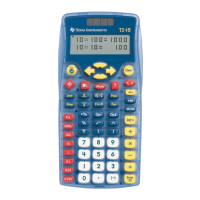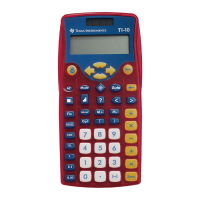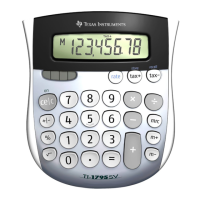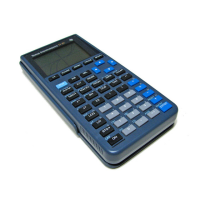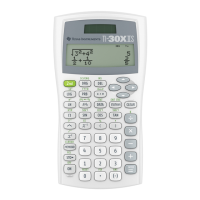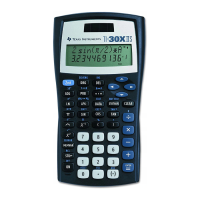© 2000 T
EXAS
I
NSTRUMENTS
I
NCORPORATED
TI-15: A Guide for Teachers
16
Number Shorthand: Scientific Notation
(Continued)
6. Have students continue to press
›
and record
the results.
7. Have students analyze their data and make some
conclusions about the scientific notation display.
For example,
1x10^11
represents the product:
1 x 10 x 10 x 10 x 10 x 10 x 10 x 10 x 10 x 10 x 10 x 10
.
Explain to students that exponential or scientific
notation is a shorthand for repeated factors:
1 x 10
11
.
8. Have students continue to explore the use of
scientific notation to represent repeated
multiplication by 10 with other starting factors.
(For example, using 2 as the starting factor, the
display
2x10^11
represents multiplying 2 by 10
eleven times, or 2 x 10
11
.
Collecting and Organizing Data
To focus students’ attention on the relevant changes
in the calculator’s display, ask questions such as:
•
What does the display
3 1000
mean?
•
When did the counter on the left disappear? Why
do you think that happened?
•
When did the counter on the left reappear? What
else has changed?
The product looks different. It changed from
1000000000 to 1x10^10.
•
What do the displays look like after this change
takes place?
The 1x10 stays the same, but the right-hand
number (the exponent) goes up one each time
›
is pressed, and it matches the left-hand
counter.
